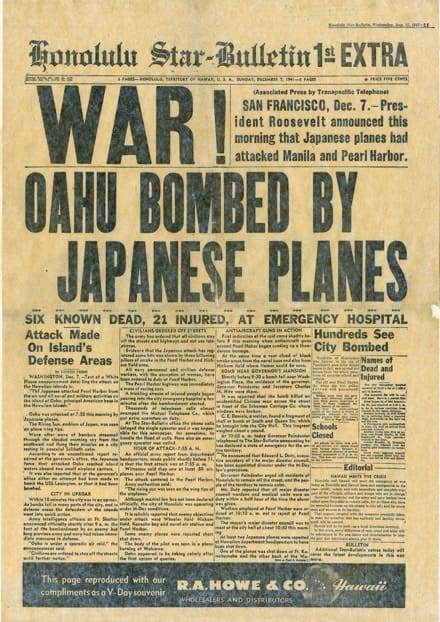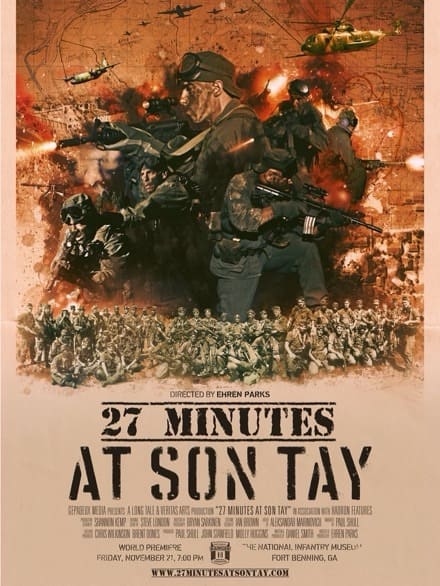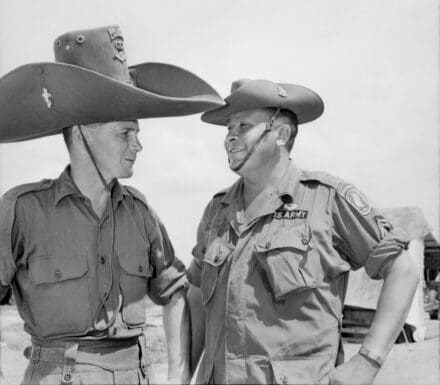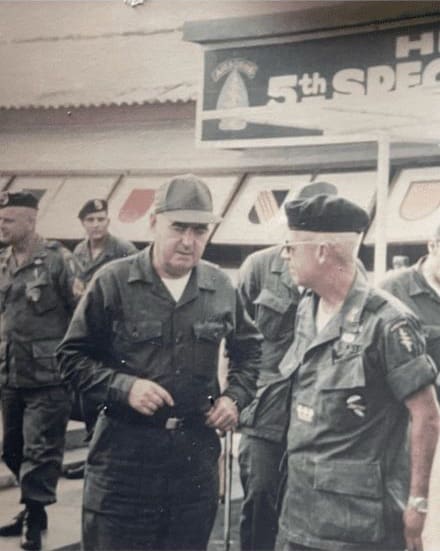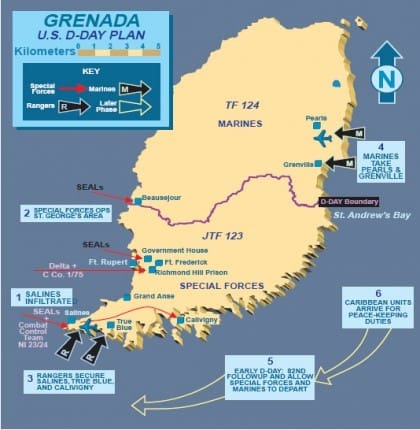Hundreds of sites in all 50 states have clamored to host the interactive exhibit from American
Battlefield Trust and Daughters of the American Revolution
WASHINGTON, Nov. 21, 2025 — While millions of Americans are contemplating the people, places and events of our War for Independence, thanks to the acclaimed Ken Burns documentary airing this week on PBS, the American Battlefield Trust and Daughters of the American Revolution (DAR) are taking that history off the screens and bringing it into communities across the country. Responding to immense public appetite for high-quality educational materials to support programming for the 250th anniversary of the conflict, they have extended the run for their joint traveling exhibit, the American Revolution Experience, by two full years, through 2027. Further, two additional copies of the exhibit are being put into circulation to reach the more than 600 sites clamoring to welcome the project, which focuses on the contributions of ordinary people to the American Revolution, rather than generals or statesmen.
“As Americans eagerly seek out ways to remember the story of our nation’s origins during this 250th anniversary period, this exhibit provides an outstanding and accessible way to honor the myriad individual stories of courage, determination and hope that set us on our path,” said Trust President David Duncan.
“The overwhelming response to the American Revolution Experience perfectly illustrates the passion of DAR members and chapters, as they look to introduce their communities to the remarkable men and women who rose to the challenges demanded of them along our path to liberty,” said DAR President General Ginnie Sebastian Storage.
More than 70,000 visitors from all 50 states have experienced the exhibit so far, which includes 12 panels that spotlight individuals who were deeply touched by the Revolutionary War – stories that transcend time and connect the viewer to America’s patriot history, brought to life with custom illustrations by artist Dale Watson. The panels are complemented by three digital kiosks containing contextual information about the broader conflict.
The American Revolution Experience launched digitally during the summer of 2022, swiftly winning the Bronze Award in the Education, Art, & Culture division at the second annual Anthem Awards, which celebrate purpose and mission-driven work, and becoming a finalist in the “People’s Choice” category of the?Webby Awards, which highlight “the Best of the Internet.” Funding to transform the online product into a physical exhibit suitable for pop-up display at a wide variety of sites came from the National Society Daughters of the American Revolution (DAR) and via a matching grant from the federal American Battlefield Protection Program.
Thanks to the extension, additional sites are welcome to host the exhibit in the coming months and years. Application details, hosting information and the full tour schedule are available at www.battlefields.org/ontour.
About the Organizations
The National Society Daughters of the American Revolution?was founded in 1890 to promote historic preservation, education, and patriotism. Its members are descended from the patriots who won American independence during the Revolutionary War. With nearly 190,000 members in approximately 3,000 chapters worldwide, DAR is one of the world’s largest and most active service organizations. Learn more at www.dar.org.
The American Battlefield Trust is dedicated to preserving America’s hallowed battlegrounds and educating the public about what happened there and why it matters today. The nonprofit, nonpartisan organization has protected more than 60,000 acres associated with the Revolutionary War, War of 1812, and Civil War across 160 sites in 25 states. Learn more at www.battlefields.org.
